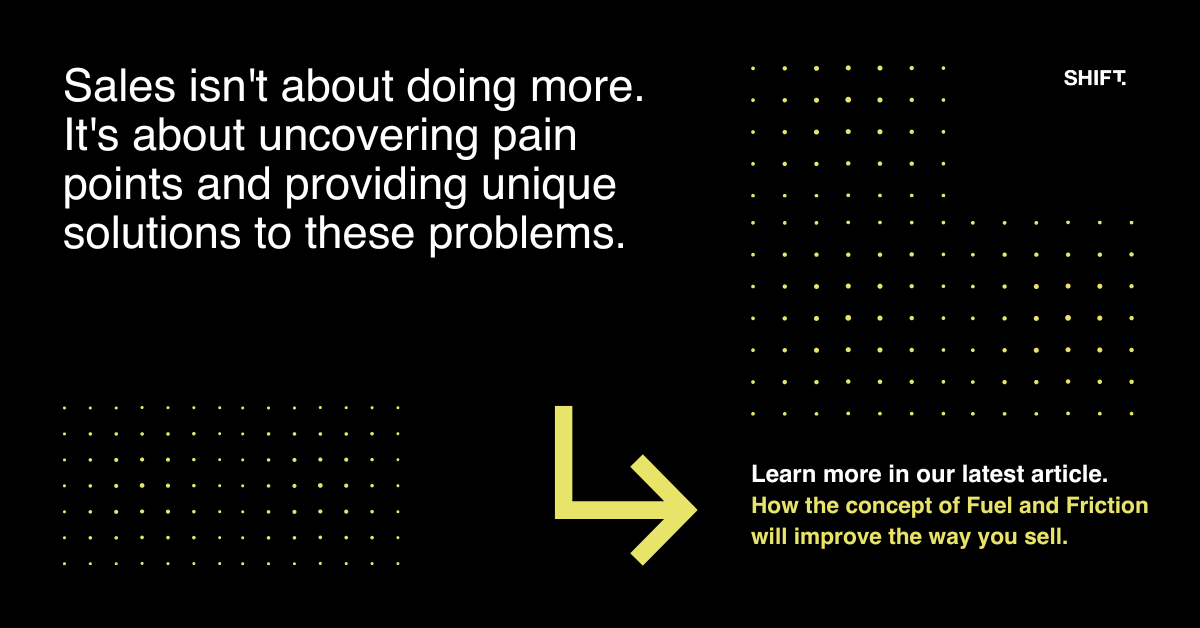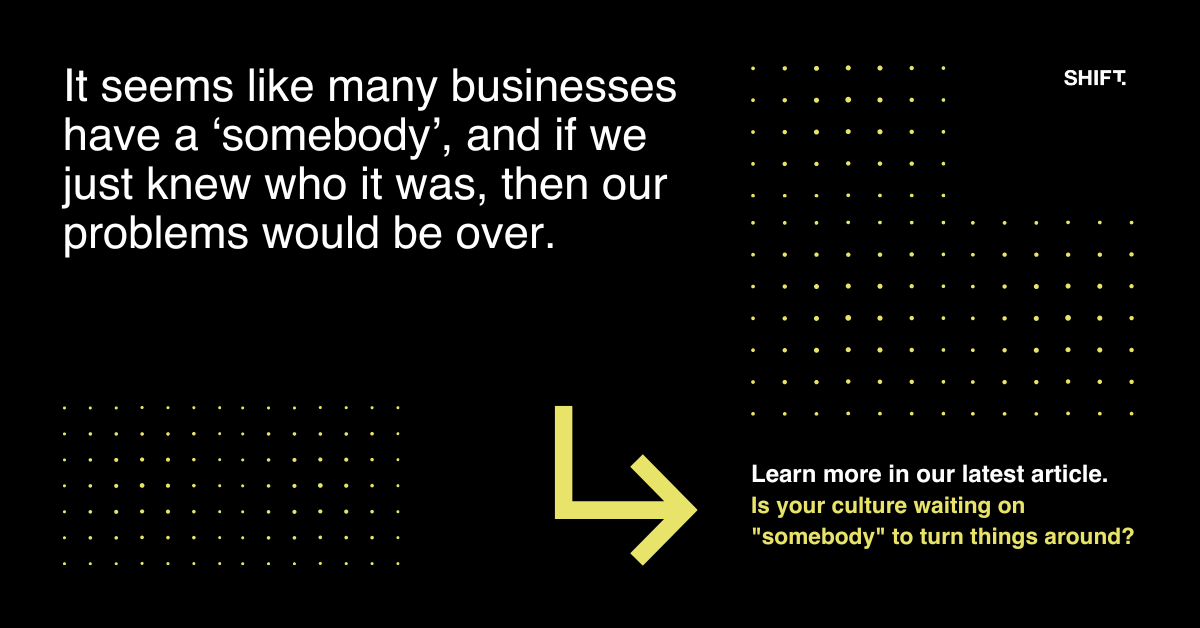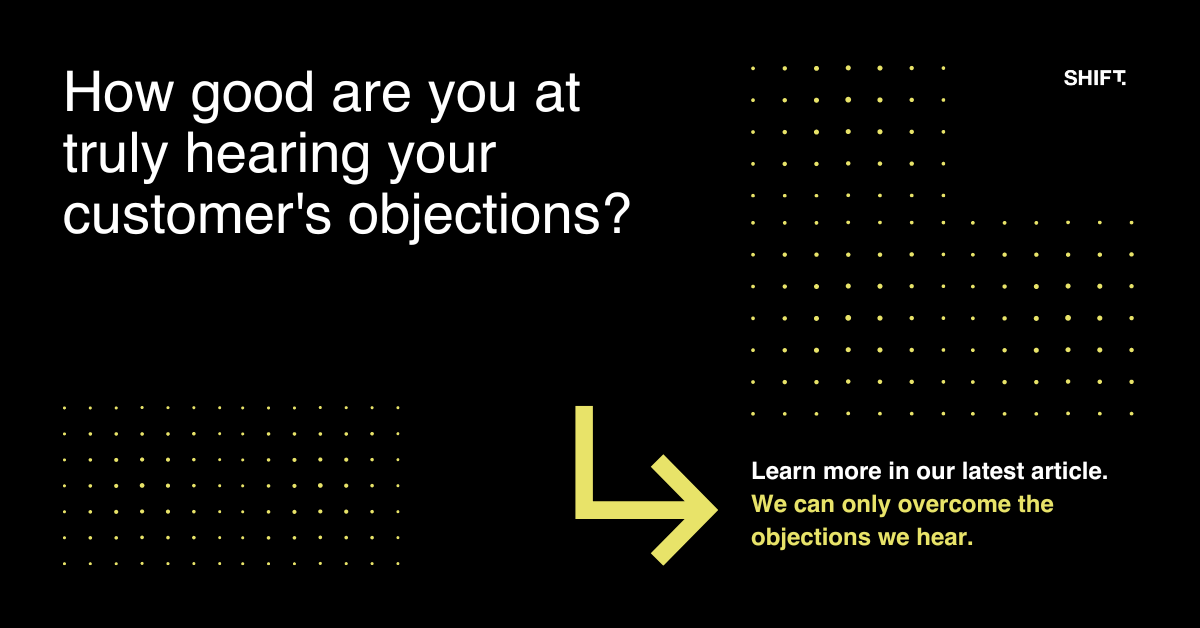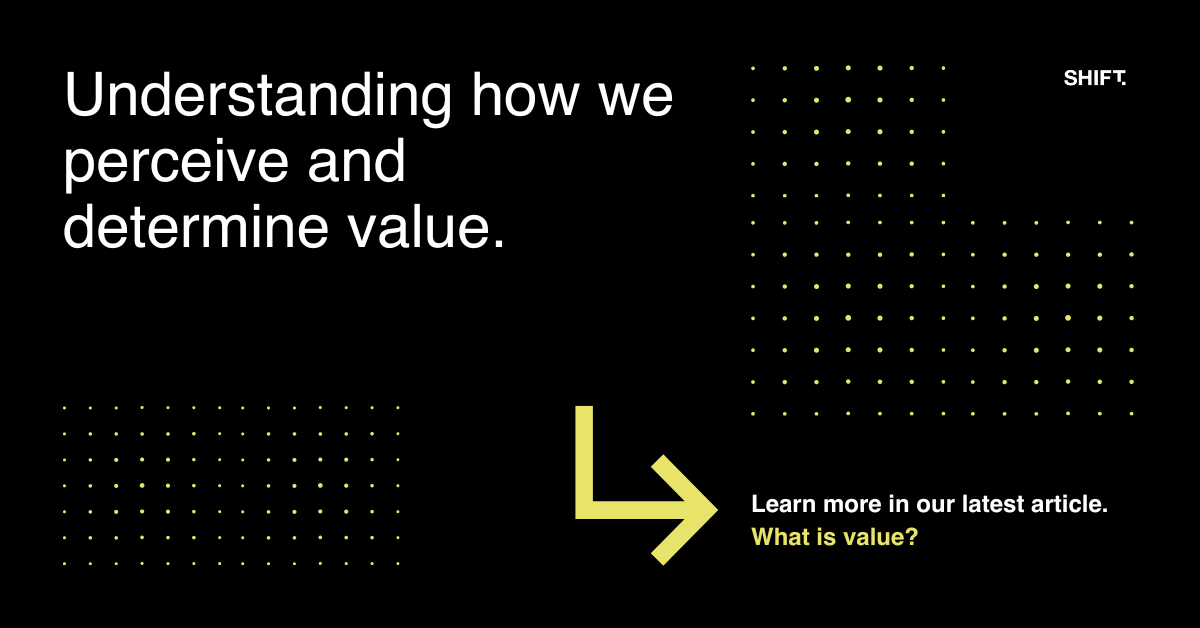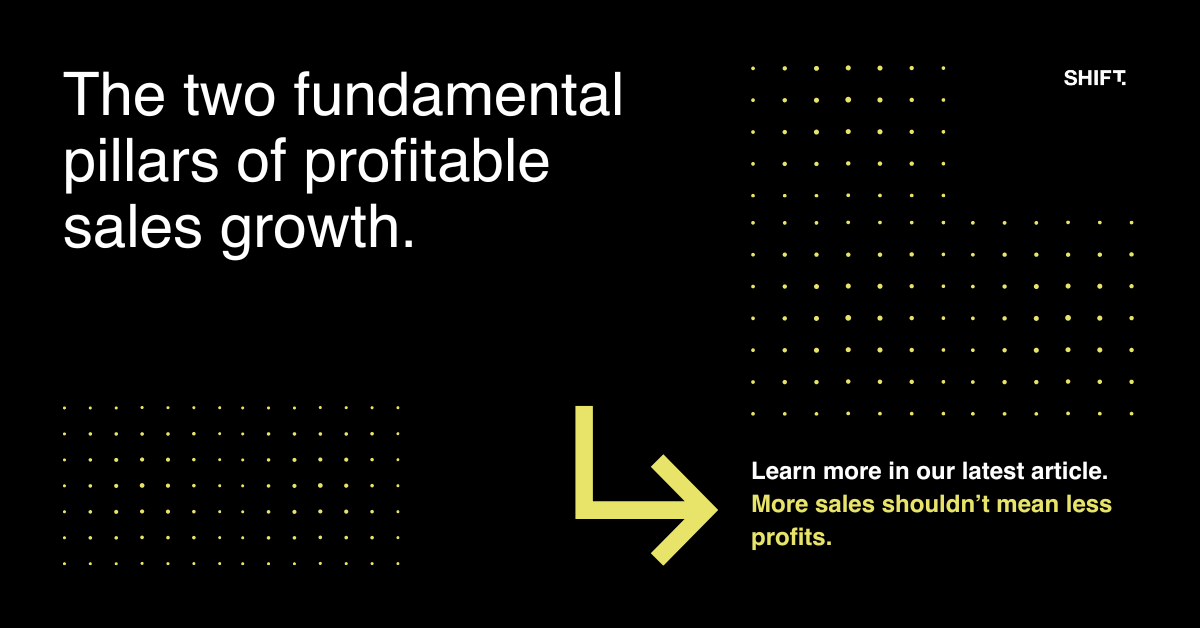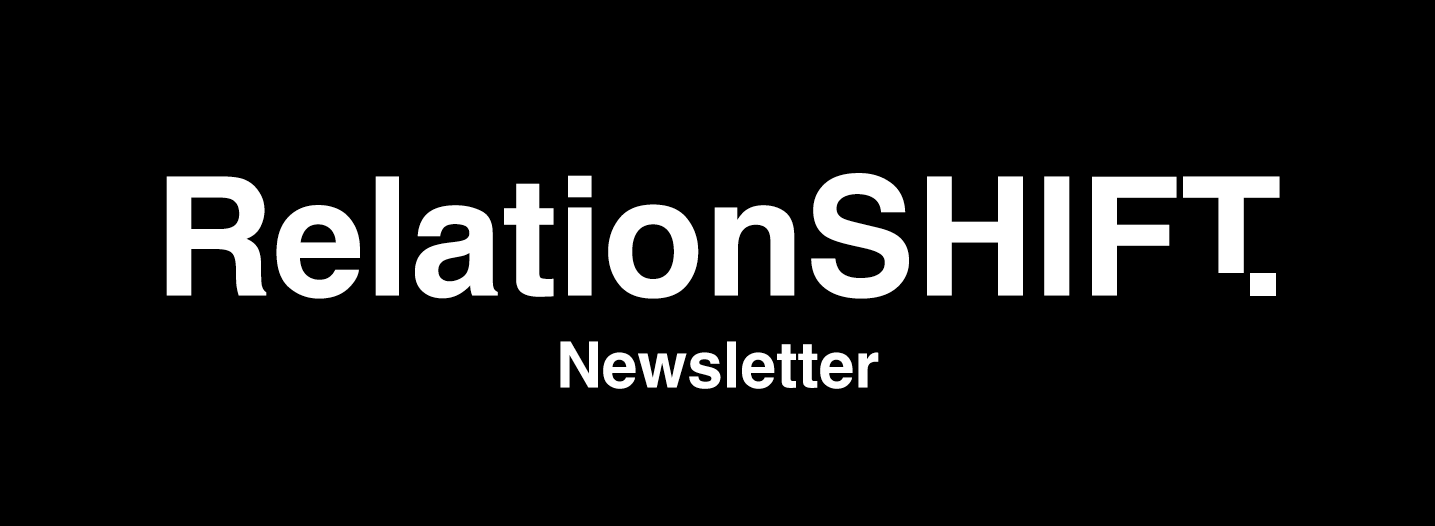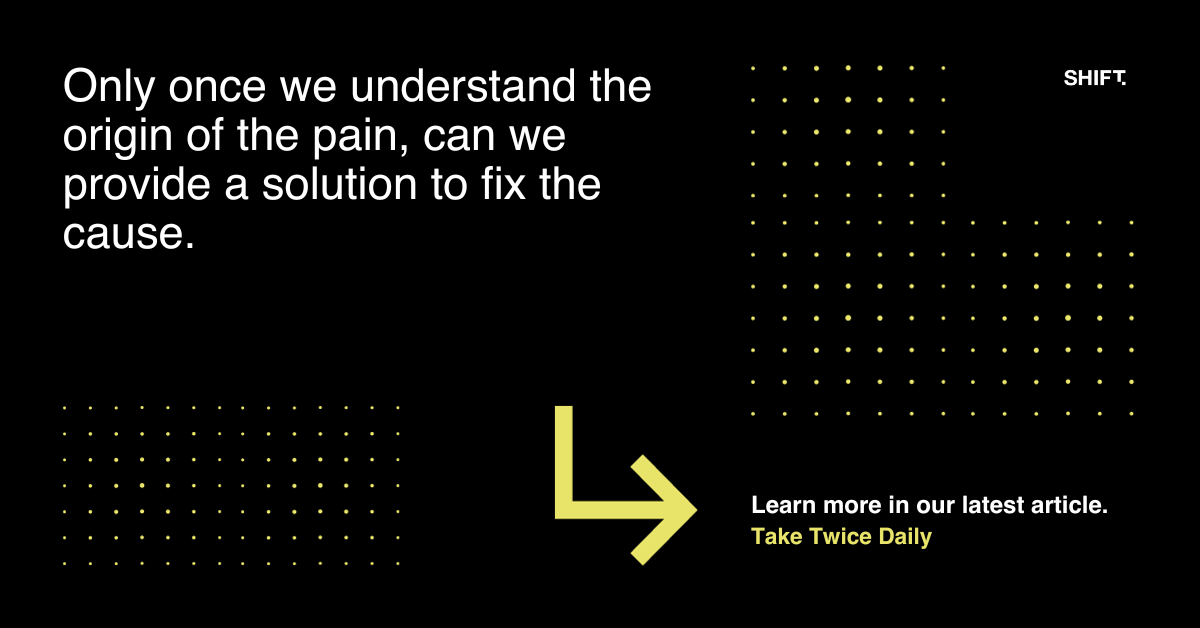We face change in one of two circumstances. The first is an event that forces you to change because you have to. It's a change out of necessity where you need to 'burn the bridges'. The second circumstance is when you can sense something is happening and that you need to change now in anticipation of what's to come.
“Our dilemma is that we hate change and love it at the same time; what we really want is for things to remain the same but get better”.
Sydney J Harris
I'm sure you can think of many changes you have made out of necessity that are now part of your day-to-day life. Using your phone to make a payment is a great example. Largely these changes are forced upon us as technology moves away from personal interactions to technology-based ones.
Small, slow changes add up.
Change that comes around slowly and by stealth that is harder to see and anticipate. These changes are built on a series of smaller incremental factors over time that builds momentum, usually under the radar. I call them the ‘little windows’ that we should look out for giving us insight as to how this might alter our future.
So, what does this have to do with selling?
Here’s a statistic that recently came to me in one of my feeds:
“Forty-four percent of millennial buyers (26 to 41 years of age) prefer not to interact with a sales rep when purchasing B2B products or services”
Gartner Research
On the surface, this statistic could be seen as the death of the sales rep. Fortunately, this is not the case. However, it could well be the death of the traditional sales rep.
The slow changing of the guard
The statistic above represents a monumental change in the way we used to do business to how we now have to do business in the future. Add to this the fact that the number of Millennials in the workplace has recently moved past the number of Baby Boomers and the reality of the situation really hits home.
This has been creeping up on us for a decade or more and yet we still have a want to do what we have always done but perhaps a little better.
More than ever relationship salespeople who continually work at mastering their art are needed. The change required is to move from being involved in the transaction (cos’ it makes us feel relevant and in control), to letting technology do its thing when facilitating a buying decision. Make the process seamless, simple, and convenient for the customer and get out of the way.
The role now of the salesperson is to bring the purpose and the brand they are selling to life in a way that builds trust with the customer. From here, they can then continue to reinforce this trust by looking for win/win outcomes, always. When we do this, we can then let the customer - the millennials - make their purchases seamlessly without us getting in the way, knowing that when they do this, they will choose our offering. We will be their supplier of choice.
The 'What if' Challenge
Change is scary and for most people, we can think of far more reasons not to change than to change. Even when the bridges are burning our backside, we still hope something will happen to allow us to return to the safe and comfortable. One great way of challenging ourselves when this happens is to ask a ‘what if’. “What if I had to make this change, if it was a matter of life or death, what would I then do”? It is amazing what you can start to unravel, how you can start to deal with the fear and how you start to find a way through.
What if?
